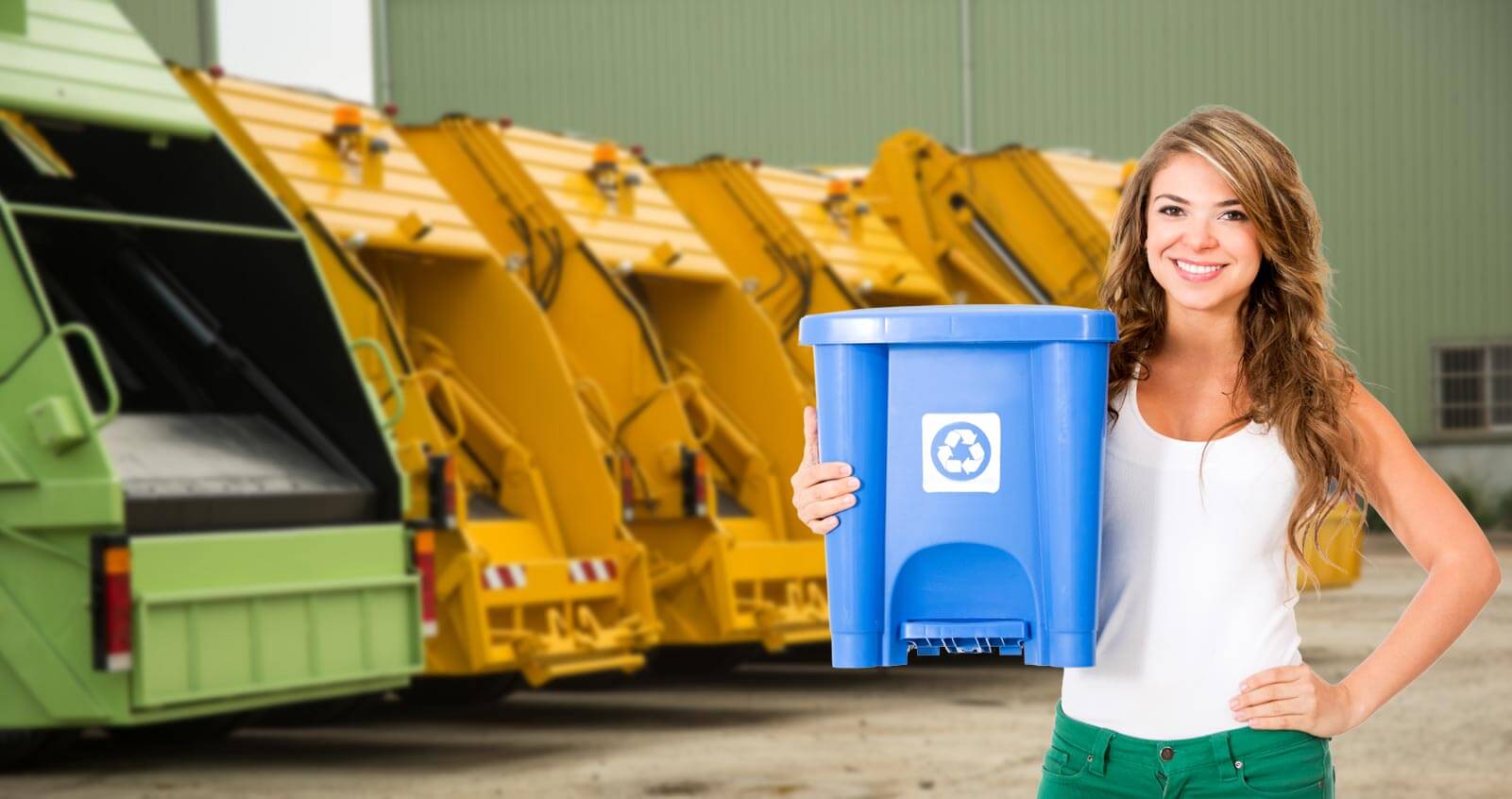Origins of Waste in Commercial Locations
Posted on 02/11/2024
Commercial locations, such as offices, retail stores, restaurants, and industrial facilities, generate a significant amount of waste. The origins, types, and management of this waste can vary greatly depending on the nature of the business. Understanding these factors is crucial for developing effective waste management strategies, ensuring regulatory compliance, and promoting sustainable practices.
Industrial Waste
Industrial facilities, including manufacturing plants and factories, produce a diverse range of waste materials. These can include hazardous waste such as chemicals and heavy metals, as well as non-hazardous waste like packaging materials and by-products of manufacturing processes. The sheer volume and potential toxicity of industrial waste necessitate stringent regulation and sophisticated waste treatment methods.
Meticulous record-keeping and compliance with environmental laws are essential for industrial facilities to manage their waste responsibly. Moreover, adopting cleaner production techniques and recycling initiatives can significantly reduce the amount of waste generated and its environmental impact.

Retail Waste
Retail industries, including supermarkets and shopping malls, produce substantial amounts of waste, much of which comprises packaging materials such as cardboard, plastic, and Styrofoam. Food waste is a significant issue in grocery stores and supermarkets, where unsold perishable goods contribute to considerable waste.
Effective waste management in retail settings often involves initiatives such as recycling programs, donation of unsold food items to local charities, and efforts to reduce over-packaging. By implementing these strategies, retail businesses can not only minimize their environmental impact but also achieve cost savings through reduced waste disposal fees.
Office Waste
Offices are another major source of commercial waste, largely due to paper products. Despite the increasing digitization of business processes, paper waste remains a prevalent issue. Additionally, offices contribute electronic waste, or e-waste, which includes obsolete computers, printers, and other electronic equipment.
Promoting a paperless environment, implementing recycling programs, and responsibly disposing of electronic waste are critical steps businesses can take to address office waste. Encouraging employees to engage in sustainable practices further helps reduce the overall waste footprint of an office.
Restaurant and Food Service Waste
Restaurants and other food services generate a substantial amount of waste, predominantly in the form of food scraps, packaging materials, and single-use items like straws and utensils. Addressing food waste in this sector involves better inventory management, portion control, and customer education about waste reduction.
Many restaurants are turning to composting as a way to manage organic waste. Additionally, some establishments partner with local farms or organizations to donate surplus food, thereby reducing waste and supporting the community.
Construction Waste
Construction and demolition activities produce considerable waste, including materials such as concrete, wood, metals, glass, and plastics. This type of waste is not only voluminous but also complex, as it may contain hazardous materials like asbestos or lead-based paint.
To manage construction waste effectively, companies can adopt practices such as deconstruction, which involves carefully dismantling buildings to salvage materials for reuse. Recycling construction materials and using sustainable building practices can also significantly reduce waste.
Challenges in Waste Management
Despite the progress in waste management practices across various commercial sectors, significant challenges remain. These include:
1. Regulatory Compliance: Different industries must adhere to varying waste management regulations, which can be complex and challenging to navigate.
2. Cost: Implementing effective waste management systems can be costly, especially for small businesses.
3. Employee Engagement: Successfully reducing waste requires buy-in from employees, which can be difficult to achieve without proper training and incentives.
4. Technological Barriers: Access to advanced waste management technologies can be limited, slowing progress in waste reduction and recycling.
5. Logistical Issues: Efficient collection, segregation, and transportation of waste can pose logistical challenges, particularly in densely populated urban areas.

Strategies for Effective Waste Management
To overcome these challenges and promote sustainable practices, businesses can adopt several strategies:
1. Waste Audits: Conducting waste audits helps businesses understand the types and quantities of waste they generate. This information is crucial for developing targeted waste reduction strategies.
2. Employee Training: Educating employees about the importance of waste management and how they can contribute is vital for success.
3. Partnerships: Collaborating with waste management companies, local governments, and non-profit organizations can enhance waste reduction efforts.
4. Innovation: Investing in new technologies and processes can help businesses manage waste more effectively and sustainably.
5. Policy Development: Establishing clear waste management policies and incorporating sustainability goals into the company's mission can drive long-term progress.
Conclusion
The origins of waste in commercial locations are varied and complex, influenced by the nature of the business and the efficacy of their waste management practices. By understanding these origins and implementing comprehensive strategies, businesses can significantly reduce their waste output, comply with regulations, and contribute to a more sustainable future. Efforts such as waste audits, employee training, strategic partnerships, innovation, and policy development are all critical components in the journey towards effective waste management.
Moving forward, it is essential for businesses to stay informed about advancements in waste management technologies and practices. Continuous improvement and adaptation to new challenges will be key to achieving long-term sustainability goals and minimizing the environmental impact of commercial waste.




